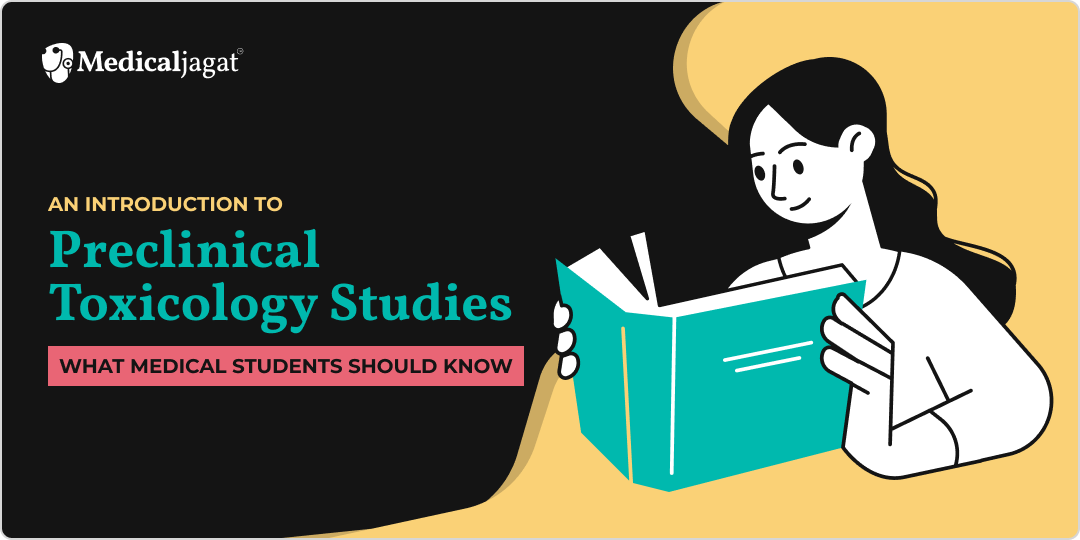
Basics of Preclinical Toxicology Study
Preclinical toxicology studies are essential for confirming the safety and assessing the toxicity of drugs before starting any human trials. It helps to understand the dose range of the drug. It assesses the potential side effects and adverse reactions in the human body after application. A preclinical Toxicology study is pivotal for getting basic regulatory approval. The need for this study is emerging at a rapid scale in the modern advancing world. It requires skilled professionals such as those listed here.
- Toxicologist
- Pathologists
- Surgeons
- Veterinarians
- Directors
- Supporting authority
Preclinical toxicology studies FDA guidance
Preclinical toxicology FDA requirement ensures that new drugs are appropriately safe to be tested in humans by ensuring rigorous safety tests on non-human models. Some of the main ones include single-dose and repeated-dose toxicity tests. These help determine the immediate and long-term toxic effects, respectively.
- No-Observed-Adverse-Effect Level: Studies aim to determine safe exposure levels by showing a dose-response relationship and determining a No-Observed-Adverse-Effect Level, which is very crucial in establishing a safe beginning dose for humans.
- Good Laboratory Practice (GLP): Preclinical toxicology studies FDA requirement ensures that such studies be conducted according to Good Laboratory Practice (GLP), which means documentation, quality control, and data reliability. However, it is often usual to be conducted on animal models for rodents and non-rodents. In many cases, the FDA encourages alternative approaches for models such as organ-on-chip and 3D models to reduce animal testing whenever applicable.
- Preclinical stages risk assessment: Specifically, guidelines also define exposure duration during testing. Moreover, maintaining detailed records is essential so that all the identified potential risks are carefully reported at the preclinical stages before releasing the chemical compound for clinical testing stages.
- 3 Rs: The FDA insists on animal care and encourages "3 Rs": Replacement, Reduction, and Refinement to ensure ethical application on animal bodies. Understanding these guidelines of Preclinical Toxicology Studies would help the medical student the standards of safe drug development and the ethics that go along with such practice.
Preclinical toxicology of vaccines
Before vaccine testing with the human body, preclinical toxicology studies of the vaccine are conducted to assess its safety. The potential toxicity and immunogenicity, as well as any other biological effects, of vaccine candidates are examined in non-human models. The points are:
- Toxicity testing: Vaccines are tested for single and multi-dose toxicity studies to ascertain their side effects after single or multiple administrations. These determine whether the vaccine causes organ damage or disrupts normal physiological functions over time.
- Immunogenicity and immunotoxicity: Immunogenicity preclinical toxicology studies will ascertain if the vaccine elicits an appropriate immune response. Immunotoxicity experiments detect unintended immune reactions, which might be hyperactivation, autoimmunity, or hypersensitivity.
- Dose Selection and Safety Margins: Toxicity studies define safe dosage ranges and optimal concentrations. Maximizing effects while minimizing adverse effects is the aim.
- Biodistribution Studies: These studies determine where in the body the constituents of the vaccine go and how they are distributed within tissues. It is an important consideration for vaccines that contain novel components, such as adjuvants, that may boost immune response.
- Regulatory Compliance and Alternatives: Preclinical toxicology of vaccine testing should be conducted in compliance with Good Laboratory Practices (GLP) and has to be conducted based on animal models. However, it also considers alternative methods such as human cell-based models to achieve the required ethics and safety standards.
The Role of Preclinical Toxicology in Drug Development
Preclinical toxicology studies are an important stage of drug development. It generally assesses how new drugs interact with biological systems and whether they are safe. This includes determining the safety profile of a compound before a clinical trial is initiated. This also includes assessing risks such as below.
- Side effects
- Toxic responses
- Determining safe dosage levels
New drugs could cause unforeseen harm in humans unless toxicology studies have been conducted. Preclinical toxicology study forms the goal of early identification and mitigation of such risks. Toxicology studies occur in phases. The first involves in vitro studies on cells and the second phase uses in vivo studies on animal models. Each phase provides unique insights into a drug's safety.
Methods and Techniques in Toxicology Testing
Toxicology testing employs a wide range of methods and techniques in a bid to identify toxins, examine their risks, and determine their effects:
- In vitro techniques: These techniques are usually adopted in toxicity testing as they prove ethical, scientific, and economical. For example, microtox assays are used to observe bacterial growth and productivity.
- Mass spectrometry: This method is suitable for detecting drugs in the body fluids of blood and urine.
- Chromatography: This method identifies substances in a urine sample. One of the most common types of chromatography is gas-liquid chromatography. This process separates components of the mixture by a liquid stationary phase as well as a gaseous mobile phase.
- Urinalysis: This method is occasionally used in non-clinical toxicology studies as an indicator to check the urogenital tract.
- Computer modeling: This technique can be used to predict toxicokinetic concentration by gathering information on absorption, metabolism and blood or plasma toxicant concentration. Tox test can be applied to many different purposes such as:
- Research of drugs: Toxicology tests are used to ensure that pharmaceuticals are safe and effective.
- Forensic toxicology: This is the application of forensics and toxicology which helps in determining crimes.
- Risk assessment of substances: Toxicity testing can be done on materials to be disposed of, such as sediments.
Final Reflections on the Importance of Toxicology Knowledge
Preclinical toxicology study is at the very heart of drug safety in medicine. Therefore, medical students should be able to understand such studies, which predict and avert drug-related problems with patients. Toxicology serves as a basis for safer, more effective treatment planning.
Armed with this knowledge of Preclinical toxicology FDA requirements, the future doctor will then be able to make better judgments in terms of appropriate patient management. It will improve patient safety in turn. This knowledge will help promote students' medical practice and research pursuits toward improved patient care and medicine.

